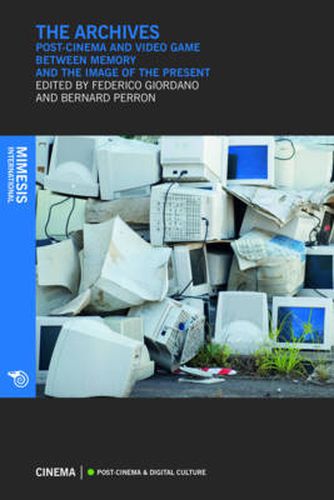Readings Newsletter
Become a Readings Member to make your shopping experience even easier.
Sign in or sign up for free!
You’re not far away from qualifying for FREE standard shipping within Australia
You’ve qualified for FREE standard shipping within Australia
The cart is loading…






The digital age has witnessed the development of a new kind of archive: immaterial, living and moving, largely user-generated, and conceived for managing a wide variety of audio-visual materials, besides traditional films and videos. The first part of this anthology investigates the ways in which media forms like web-documentaries, video art and digital art, web series, amateur productions, and also mobile films can be stored and preserved within the new digital repositories. The second part focuses on archival and preservation practices of the video game. This approach understands the archive not simply as a memory box, but as a fully contemporary practice that locates new media objects in the present and acknowledges their changing cultural and social configurations. The democratic, often immaterial, living, mobile nature of contemporary archives forces us to question whether or not the traditional notion of the archive still has a heuristic value. Or if it would be perhaps better to reject any conventional idea of archive and embrace the notion of anarchive.
$9.00 standard shipping within Australia
FREE standard shipping within Australia for orders over $100.00
Express & International shipping calculated at checkout
The digital age has witnessed the development of a new kind of archive: immaterial, living and moving, largely user-generated, and conceived for managing a wide variety of audio-visual materials, besides traditional films and videos. The first part of this anthology investigates the ways in which media forms like web-documentaries, video art and digital art, web series, amateur productions, and also mobile films can be stored and preserved within the new digital repositories. The second part focuses on archival and preservation practices of the video game. This approach understands the archive not simply as a memory box, but as a fully contemporary practice that locates new media objects in the present and acknowledges their changing cultural and social configurations. The democratic, often immaterial, living, mobile nature of contemporary archives forces us to question whether or not the traditional notion of the archive still has a heuristic value. Or if it would be perhaps better to reject any conventional idea of archive and embrace the notion of anarchive.